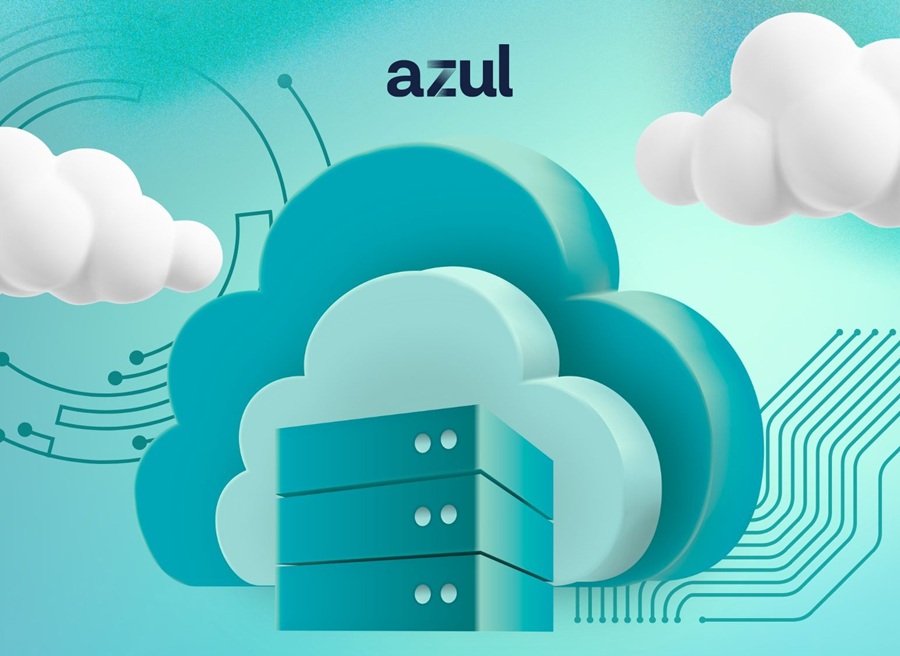Cisco announced its intent to acquire privately held Cariden Technologies, Inc., a Sunnyvale, Calif.-based supplier of network planning, design and traffic management solutions for telecommunications service providers.
With global service providers converging their Internet Protocol (IP) and optical networks to address exploding Internet and mobile traffic growth and complex traffic patterns, Cisco's acquisition of Cariden will allow providers to enhance the visibility, programmability and efficiency of their converged networks, while improving service velocity.
Cariden's capacity planning and management tools for IP/MPLS (Multi-Protocol Label Switching) networks, which have been deployed by many of the world's leading fixed and mobile network operators, will be integrated into Cisco's Service Provider Networking Group to enable multilayer modeling and optimization of optical transport and IP/MPLS networks.
Cariden's products and technology will advance Cisco's nLight technology for IP and optical convergence.
The acquisition also supports the company's Open Network Environment (ONE) strategy by providing sophisticated wide area networking (WAN) orchestration capabilities.
These capabilities will allow service providers to improve both the programmability of their networks and the utilization of existing network assets across the IP and optical transport layers.
"The Cariden acquisition reinforces Cisco's commitment to offering service providers the technologies they need to optimize and monetize their networks, and ultimately grow their businesses," said Surya Panditi, senior vice president and general manager, Cisco's Service Provider Networking Group. "Given the widespread convergence of IP and optical networks, Cariden's technology will help carriers more efficiently manage bandwidth, network traffic and intelligence. This acquisition signals the next phase in Cisco's packet and optical convergence strategy and further strengthens our ability to lead this market transition in networking."
The acquisition of Cariden exemplifies Cisco's build, buy, and partner innovation framework and is aligned to Cisco's strategic goals to develop and deliver innovative networking technologies and provide best-in-class solutions for customers, all while attracting and cultivating top talent.
Upon the close of the acquisition, Cariden employees will be integrated into Cisco's Service Provider Networking Group, reporting to Shailesh Shukla, vice president and general manager of the company's Software and Applications Group. Under the terms of the agreement, Cisco will pay approximately $141 million in cash and retention-based incentives in exchange for all shares of Cariden. The acquisition is subject to various standard closing conditions and is expected to be completed in the second quarter of Cisco's fiscal year 2013.
The Latest
As enterprises accelerate their cloud adoption strategies, CIOs are routinely exceeding their cloud budgets — a concern that's about to face additional pressure from an unexpected direction: uncertainty over semiconductor tariffs. The CIO Cloud Trends Survey & Report from Azul reveals the extent continued cloud investment despite cost overruns, and how organizations are attempting to bring spending under control ...

According to Auvik's 2025 IT Trends Report, 60% of IT professionals feel at least moderately burned out on the job, with 43% stating that their workload is contributing to work stress. At the same time, many IT professionals are naming AI and machine learning as key areas they'd most like to upskill ...
Businesses that face downtime or outages risk financial and reputational damage, as well as reducing partner, shareholder, and customer trust. One of the major challenges that enterprises face is implementing a robust business continuity plan. What's the solution? The answer may lie in disaster recovery tactics such as truly immutable storage and regular disaster recovery testing ...
IT spending is expected to jump nearly 10% in 2025, and organizations are now facing pressure to manage costs without slowing down critical functions like observability. To meet the challenge, leaders are turning to smarter, more cost effective business strategies. Enter stage right: OpenTelemetry, the missing piece of the puzzle that is no longer just an option but rather a strategic advantage ...
Amidst the threat of cyberhacks and data breaches, companies install several security measures to keep their business safely afloat. These measures aim to protect businesses, employees, and crucial data. Yet, employees perceive them as burdensome. Frustrated with complex logins, slow access, and constant security checks, workers decide to completely bypass all security set-ups ...

In MEAN TIME TO INSIGHT Episode 13, Shamus McGillicuddy, VP of Research, Network Infrastructure and Operations, at EMA discusses hybrid multi-cloud networking strategy ...
In high-traffic environments, the sheer volume and unpredictable nature of network incidents can quickly overwhelm even the most skilled teams, hindering their ability to react swiftly and effectively, potentially impacting service availability and overall business performance. This is where closed-loop remediation comes into the picture: an IT management concept designed to address the escalating complexity of modern networks ...
In 2025, enterprise workflows are undergoing a seismic shift. Propelled by breakthroughs in generative AI (GenAI), large language models (LLMs), and natural language processing (NLP), a new paradigm is emerging — agentic AI. This technology is not just automating tasks; it's reimagining how organizations make decisions, engage customers, and operate at scale ...
In the early days of the cloud revolution, business leaders perceived cloud services as a means of sidelining IT organizations. IT was too slow, too expensive, or incapable of supporting new technologies. With a team of developers, line of business managers could deploy new applications and services in the cloud. IT has been fighting to retake control ever since. Today, IT is back in the driver's seat, according to new research by Enterprise Management Associates (EMA) ...
In today's fast-paced and increasingly complex network environments, Network Operations Centers (NOCs) are the backbone of ensuring continuous uptime, smooth service delivery, and rapid issue resolution. However, the challenges faced by NOC teams are only growing. In a recent study, 78% state network complexity has grown significantly over the last few years while 84% regularly learn about network issues from users. It is imperative we adopt a new approach to managing today's network experiences ...

